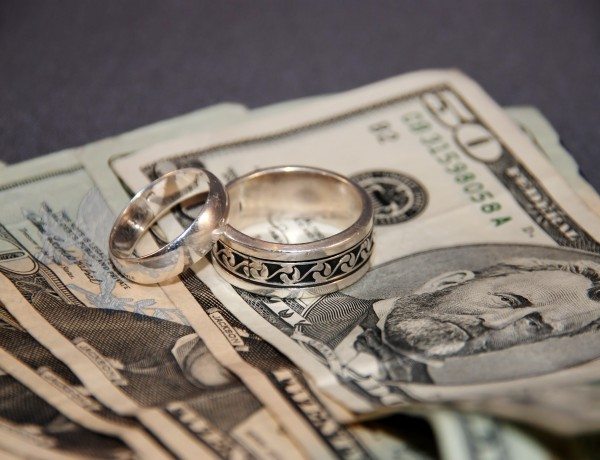Benefitting from the Marital Adjustment Deduction
 It is possible to be married and file for bankruptcy without your spouse. However, you may need to utilize the marital adjustment deduction in order to qualify for Chapter 7 bankruptcy. When you are married and file bankruptcy the Court looks at all of the household income regardless of who is filing. If the non-filing spouse makes a significant amount of money this could prevent you from fitting into a Chapter 7 case. The marital adjustment deduction will take into account the money used by the non-filing spouse that is used towards expenses that are not incurred for the benefit of the household.
It is possible to be married and file for bankruptcy without your spouse. However, you may need to utilize the marital adjustment deduction in order to qualify for Chapter 7 bankruptcy. When you are married and file bankruptcy the Court looks at all of the household income regardless of who is filing. If the non-filing spouse makes a significant amount of money this could prevent you from fitting into a Chapter 7 case. The marital adjustment deduction will take into account the money used by the non-filing spouse that is used towards expenses that are not incurred for the benefit of the household.
When married but filing individually you must calculate all household income for the means test. The means test is looking at the average gross income, from all sources, for the six month period of time prior to the month of filing bankruptcy. There are many reasons why one spouse files for bankruptcy and the other one does not (i.e. the non-filing spouse is not eligible for a discharge due to a prior bankruptcy; the debt is all owed by one spouse, etc.).
Making It Work For You
The marital adjustment deduction allows the non-filing spouse’s income to be reduced by the expenses he/she incurs on a monthly basis that are not household expenses. Sometimes the non-filing spouse has credit cards, student loans, car payments, or other debts that they are solely responsible to pay. The marital adjustment deductions takes this into account when trying to figure out if a Chapter 7 filing will work for the debtor spouse.
The U.S. Trustee Program’s position on what expenses may be excluded of the non-filing spouse include: (1) withholding taxes; (2) student loan payments; (3) prior support obligations; (4) debt payments on which only the non-filing spouse is legally liable and where the consideration for the loan exclusively benefits the non-filing spouse (Credit cards used to pay for household expenses may not be deducted). http://www.justice.gov/ust/eo/bapcpa/docs/ch7_line_by_line.pdf
